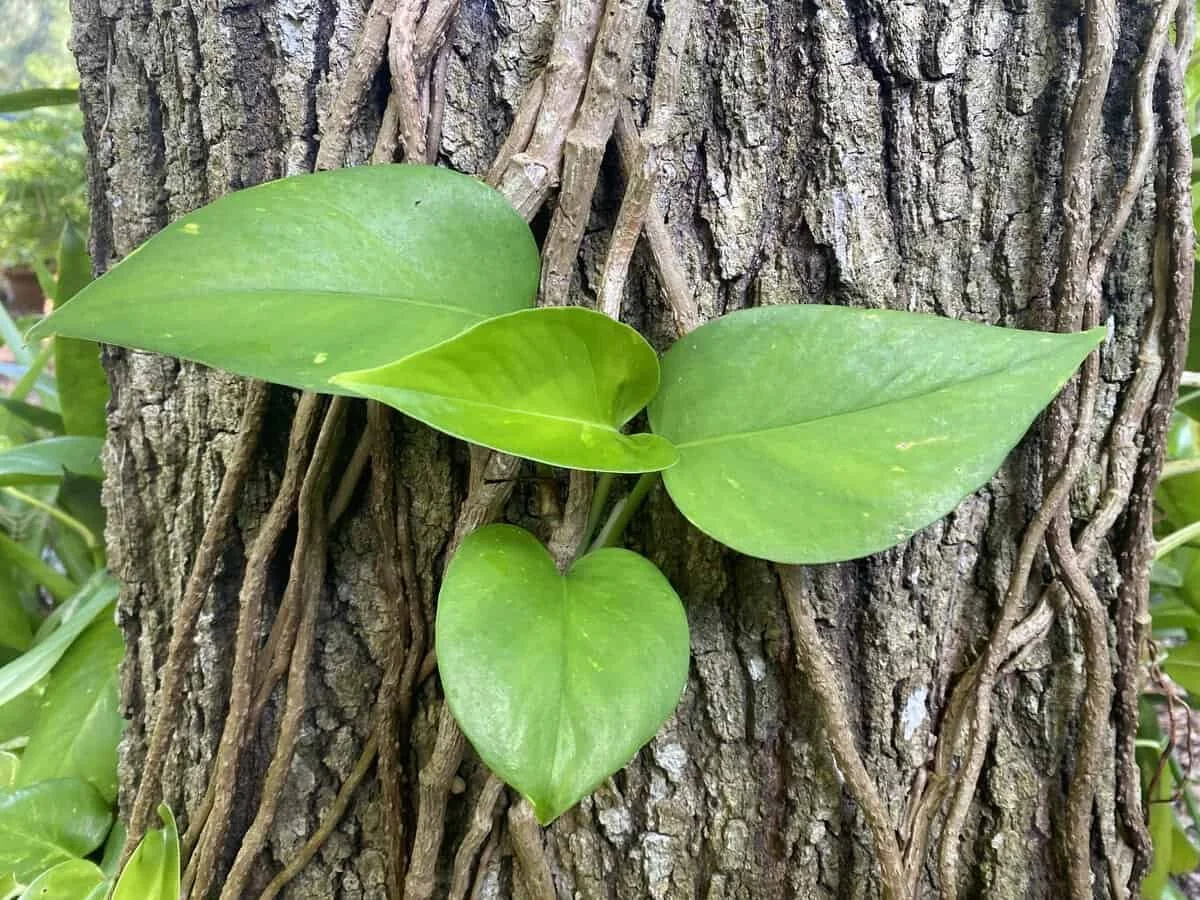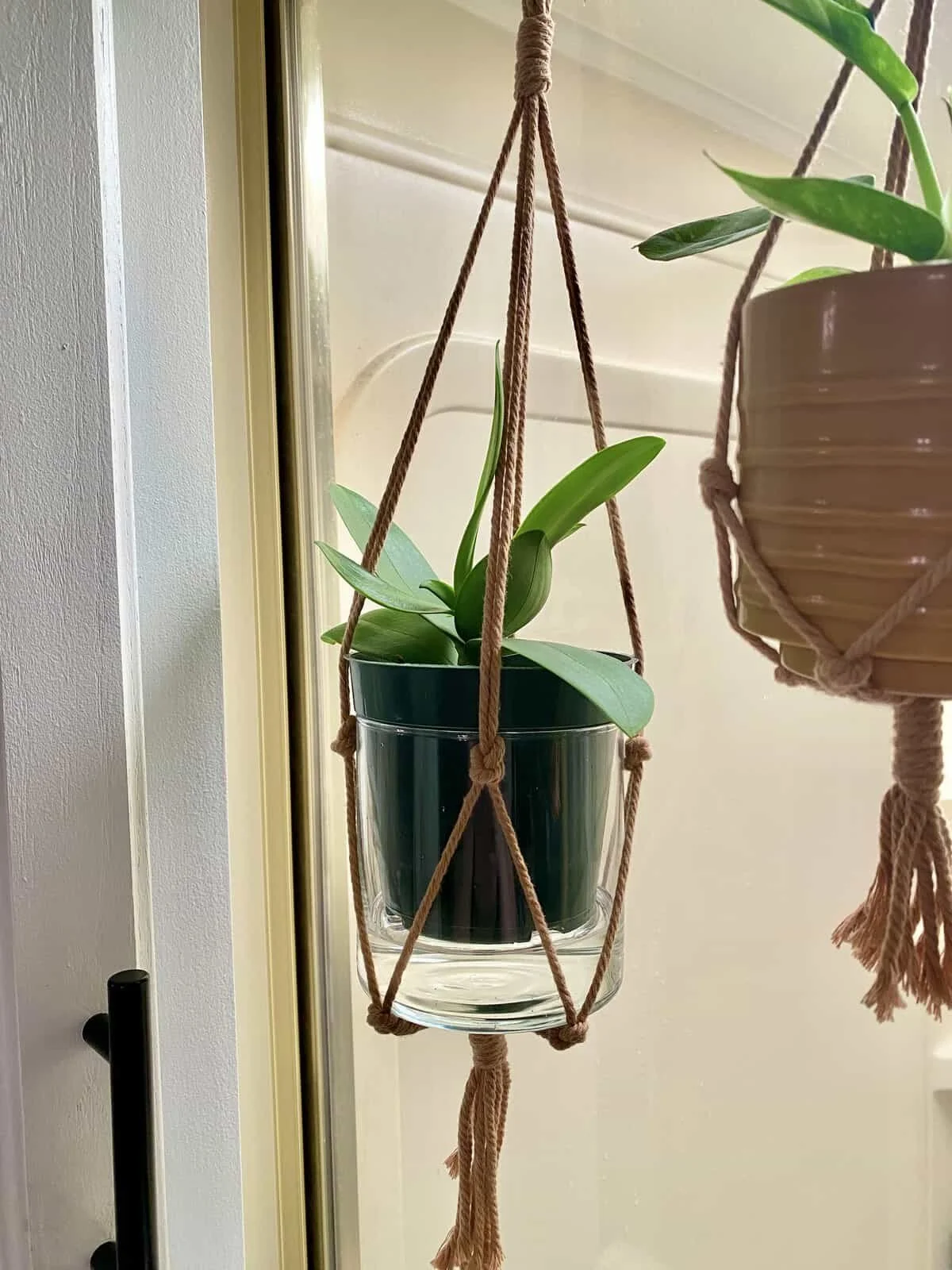Benefits of using a Humidity Tray & How to Make Your Own
Why Humidity Trays Make a Difference
Dealing with little crispy tips on your leaves? You may need to boost the humidity level for your plants (the majority of which likely came from habitats within 1,900miles from the Equator). Many of our beloved houseplants are actually native to Central, South America, Parts of Africa & South-East Asia! If we want our plant to thrive, our mission is to imitate their preferred habitat as much as possible.
For plants that love a humid habitat, humidity trays help increase the moisture around the plant, without a humidifier spraying it into the air. This method is beneficial because it helps protect the surfaces in the home (wooden furniture, fabric, metal finishes) from water related damage, while also giving our tropical plant babies a little extra support.
Better moisture levels = decrease in watering urgency. It offers a little buffer if you forget to water on your normal day.
They also double as a plant saucer and help keep your soil from becoming water logged. I love that it makes watering easier, and I don’t have to worry as much if I over water a little, because it won’t sit in the soil.
If you don’t live in Florida (where there’s a natural resting humidity of 77-89%), this may make the difference between your plants just surviving or really thriving.
How To Make Your Own
You don’t have to buy expensive gizmos and watering systems to meet the needs of tropical rainforest loving plants.
A teacup saucer, fish bowl, oversized/deep pot without holes, galvanized bucket, candle jar, hurricane vase, mason jar, funky thrifted bowl.
Be creative, be frugal, try repurposing. Making something yourself is fun and satisfying if you take the time to enjoy it.
Once you find your new humidity tray, add about ½ - 1 inch of pebbles, river stones, pea gravel, or black aquarium rocks. I like to collect smooth little river stones when I go hiking, and add them to my humidity trays (It’s a fun way to display my little souvenirs too! lol).
A word of caution: Don’t put gravel/pebbles directly in the bottom of your soil! It was a trend for a while, but this creates a swampy cave for bacteria to grow. Most plant experts do not recommend this “hack”. Instead, put them in your humidity tray, which evaporates freely, and is easy to clean/maintain.
Fill your humidity tray with about ½ an inch of water (keeping below the tops of the rocks).
If your pot has drainage holes, allow the extra water to collect in your humidity tray when watering, and remove any extra that covers the rocks (to avoid letting your soil sit in the water).
I’ve noticed great results after providing a humidity tray for my tropical plants and orchids.
Check out the video:
To catch a quick tutorial on making a “Kokedama style” humidity tray for Pitcher Plants, tap below!
There are so many styles you can try out, so get creative, use what you have available, I’m sure your tropical plants will appreciate the boost in humidity!
For Tropical Houseplants
Nepenthes ‘Pitcher Plant’
Examples of humidity loving plants include:
Philodendron (from the Tropical rainforests of Central & South America)
Monsteras (from southern Mexico to Panama)
Pothos (native to China, the Indian Subcontinent, Australia, New Guinea, Southeast Asia, & various islands of the Pacific and Indian Oceans)
Pitcher Plants (native to Seychelles Africa, Madagascar, Southeast China to Tropical Asia & the Western Pacific)
(To Name a Few)
For Orchids
Easy DIY
I love getting tall glass candle holders from the dollar store, and nesting a plastic nursery pot above it for my Phalaenopsis Orchids. Sometimes I’ll drill extra holes in the plastic pot so the roots can receive additional airflow.
Orchids that need extra humid environments:
Phalaenopsis “Moth Orchid” (native to tropica/subtropical regions of Southeast Asia, including Thailand, Malaysia, Indonesia, the Philippines, Singapore, & parts of Vietnam & China)
Oncidium “Dancing Lady Orchid” (native to the tropical/subtropical regions of Central & South America. Mexico, Brazil, Argentina, Colombia, Costa Rica, Venezuela, & the US (Florida)
(& Other Epiphytic Orchids)
Maintenance:
Empty the tray every two weeks to keep the water fresh and douse the rocks with a little rubbing alcohol 30% to discourage algae growth. If you notice algae developing, you can wash the tray/rocks with a mild dish soap.












